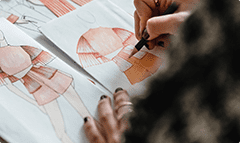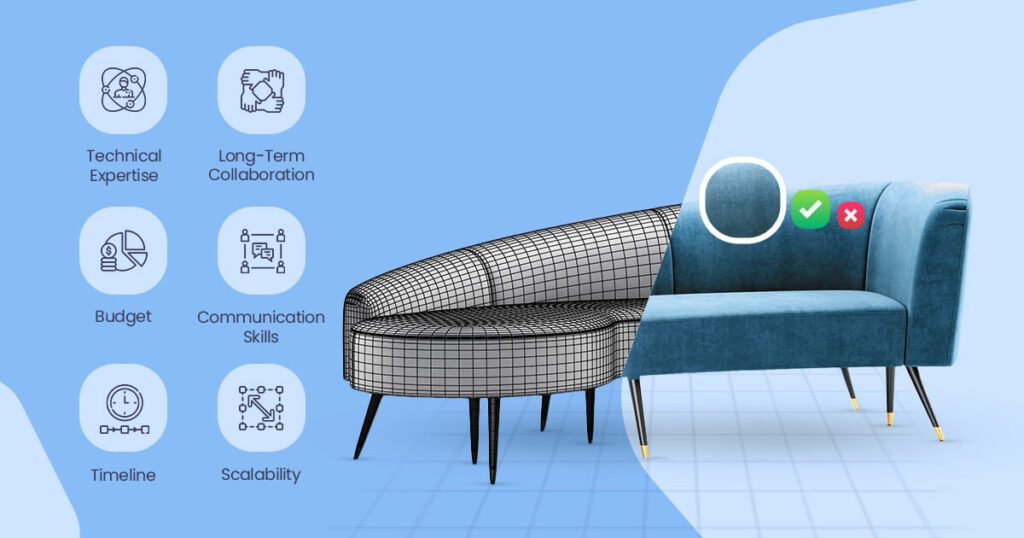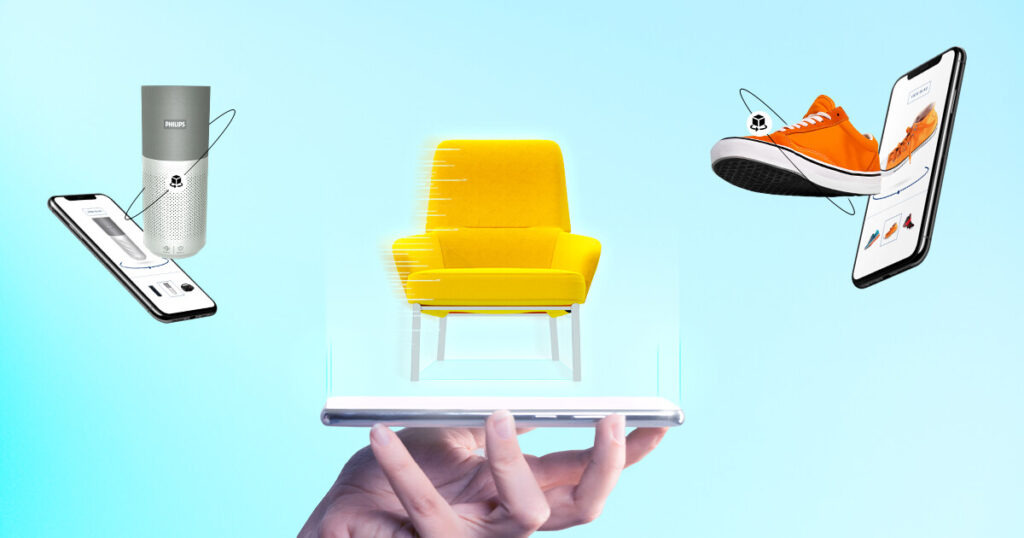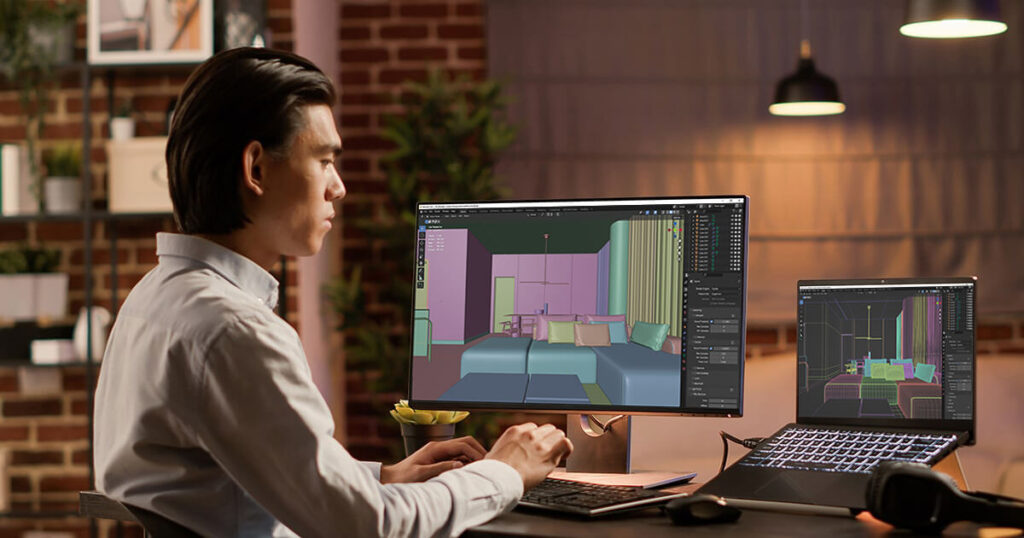The use of 3D visualizing in furniture schemes has become necessary for marketers and designers. It turns intangible ideas into real, charming experiences. At first, by committing to physical prototypes, designers can experiment with various styles, materials, and finishes by producing lifelike digital renderings of furniture elements. This frequent technique reduces mistakes, lowers prices, and speeds up design cycles.
Furthermore, a greater comprehension of the interactions between furniture and its environment is made possible by 3D representations. Optimal functioning and beauty can be ensured by designers who can see how an item fits into different interior settings. Customers gain from 3D visualizations as well because they can virtually experience things and make well-informed judgments about what to buy.
We may anticipate even more ground-breaking uses of 3D visualization in furniture design as technology develops, such as virtual reality showrooms and individualized customization choices.
The Evolution of 3D visualizing Models
Historical Context of Design Visualization
Designers used bodily models, plans, and hand-drawn sketches to carry out their designs before computers were invented. These techniques required a lot of time and frequently had restrictions when it came to effectively representing complex designs. A major turning point was the development of computer-aided design (CAD), which made it feasible to make digital 2D representations. But the ability for designers to actually see their works in three dimensions did not come about until the advent of 3D modelling software.
Advancements in Technology and Software
3D modelling software has modernized fast and dramatically. Primary wireframe or hard models were produced quickly by software packages, which chiefly took advantage of engineering and manufacturing design. Rendering technology has advanced over time, allowing for the production of ever more lifelike and realistic visuals. Today’s software suites comprise a huge array of modelling, texturing, lighting, and animation tools, enabling designers to produce incredibly realistic and intricate visualizations.
Current Trends in 3D Modelling and Their Impact on Design Processes
The furniture section is leading the way in fulfilling the newest 3D modelling techniques. The design procedure can be streamlined by using real-time rendering, for example, which enables designers to make fast adjustments and view the results right away. Shoppers may now have immersive shopping experiences by seeing furniture in their homes before they buy it, thanks to the use of virtual and augmented reality.
The Role of 3D Visualizing Furniture in Design
Importance of Furniture Selection in Spatial Planning
A part of the interior, a base, or a bit of furniture determines how it functions and flows. Choosing furniture with effort is essential to maximize room utilization and create a soothing environment. This method has been changed by 3D visualization, which authorize designers to experiment with different furniture arrangements and sizes in virtual conditions. Designers can assess the effects of furniture position on room proportions, vehicle movement, and general balance by digitally positioning the pieces.
How Furniture Design Influences Aesthetics and Functionality
The practicability and aesthetic appeal of an expanse are greatly influenced by the furniture’s design. Thanks to 3D visualization, designers may experiment with an extensive extent of design iterations, including form, shape, materials, and finishes. Seeing furniture in a 3D rating permits designers to evaluate how various items work together and contribute to the universal experience and appearance of a room. Besides, 3D models allow for an absolute examination of the ergonomics and usability of furniture, making sure that the pieces are not only aesthetically attractive but also agreeable and practical.
Case Studies of Innovative Furniture Designs That Have Transformed Spaces
Redefining the living room is feasible with a creative furniture plan. These designs have come to life mainly because of 3D visuals. Designers can exhibit the probability of novel furniture ideas and their effects on interior environments by producing powerful graphic representations.
- Example: Systems of modular furniture that are simple to reorganize to accommodate shifting needs and available space.
- Example: Furniture with many uses or concealed storage spaces that save space for small spaces.
- Example: Eco-friendly furniture that is constructed with recycled materials or incorporates green elements.
Designers may inspire both industry professionals and consumers by showcasing how these cutting-edge furniture pieces can transform spaces through 3D visuals.
Integrating 3D Visualizing Models with Furniture Design
Benefits of Using 3D Models in Furniture Design
The combination of 3D visual models into the furniture plan procedure offers numerous advantages. It enables designers to:
- Accelerate design iterations: Try out various schedules, equipment, and finishes quickly.
- Enhance communication: Communicate the design concept to stakeholders and customers in an expert manner.
- Improve product development: Early on, identify feasible design guilt and build the required edition.
- Optimize production: Using demand 3D models as a base, make a manufacturing idea.
- Enhance marketing: Create eye-catching graphics for websites, communal media platforms, and product lists.
Successful Projects That Made Use of 3D Visualizing
Several furniture firms have used 3D visualization to great effect in their campaigns. For example:
- IKEA: Mostly recognized for its flat-pack furniture, IKEA makes considerable use of 3D models to produce assembly instructions and show products in various room configurations.
- Herman Miller: This upscale furniture maker uses 3D modelling to create workplace furniture and ergonomic chairs that are as comfortable and functional as possible.
- Karim Rashid: Karim Rashid, who is well-known for his futuristic designs, uses 3D visualization to illustrate his creative ideas and highlight how they might affect interior spaces.
Future Possibilities for Collaboration Between 3D Modelling and Furniture Design
Exciting hope for assemble 3D modelling with furniture design subsist in the future. Among the possible improvements are:
- Virtual and augmented reality: Developing realist experiences to aid buyers in buying furniture for their homes.
- Artificial intelligence: Automating the process of coming up with original furniture designs and ideas.
- 3D printingMakes it possible to mass-customize and swiftly prototype furniture materials.
- Sustainable design: Utilizing 3D modelling to optimize component utilization and reduce waste.
Receiving these promotions will encourage the furniture business to keep pushing the envelope in terms of design and producing merchandise that meets changing consumer demands.
Conclusion
For the furniture design section, the amalgamation of 3D visuals and design has been revolutionary. While furniture provides the structure for scheming positions that are both necessary and visually pretty, 3D models offer unequalled ability for conceptualization, communication, and optimization. These elements work together to enhance the overall quality of interior settings and revolutionize the design process.
The combination of furniture drawings and 3D visuals could fundamentally change how architectural graphs and insides are defined as tech exhibitions. The potential is huge and comprises augmented reality and AI-driven design optimization in addition to real-world knowledge. Designers can leverage this progression to exhibit conditions that are more personalized, immersive, and long-lasting.
The designer must make the most of 3D visuals and furniture sketches in progressively competitive design conditions. By incorporating these instruments into their procedures, designers can increase their creativity, optimize productivity, and attain exceptional effects. It’s time to look at huge design’s future and realize 3D furniture and visuals’ full potential.






